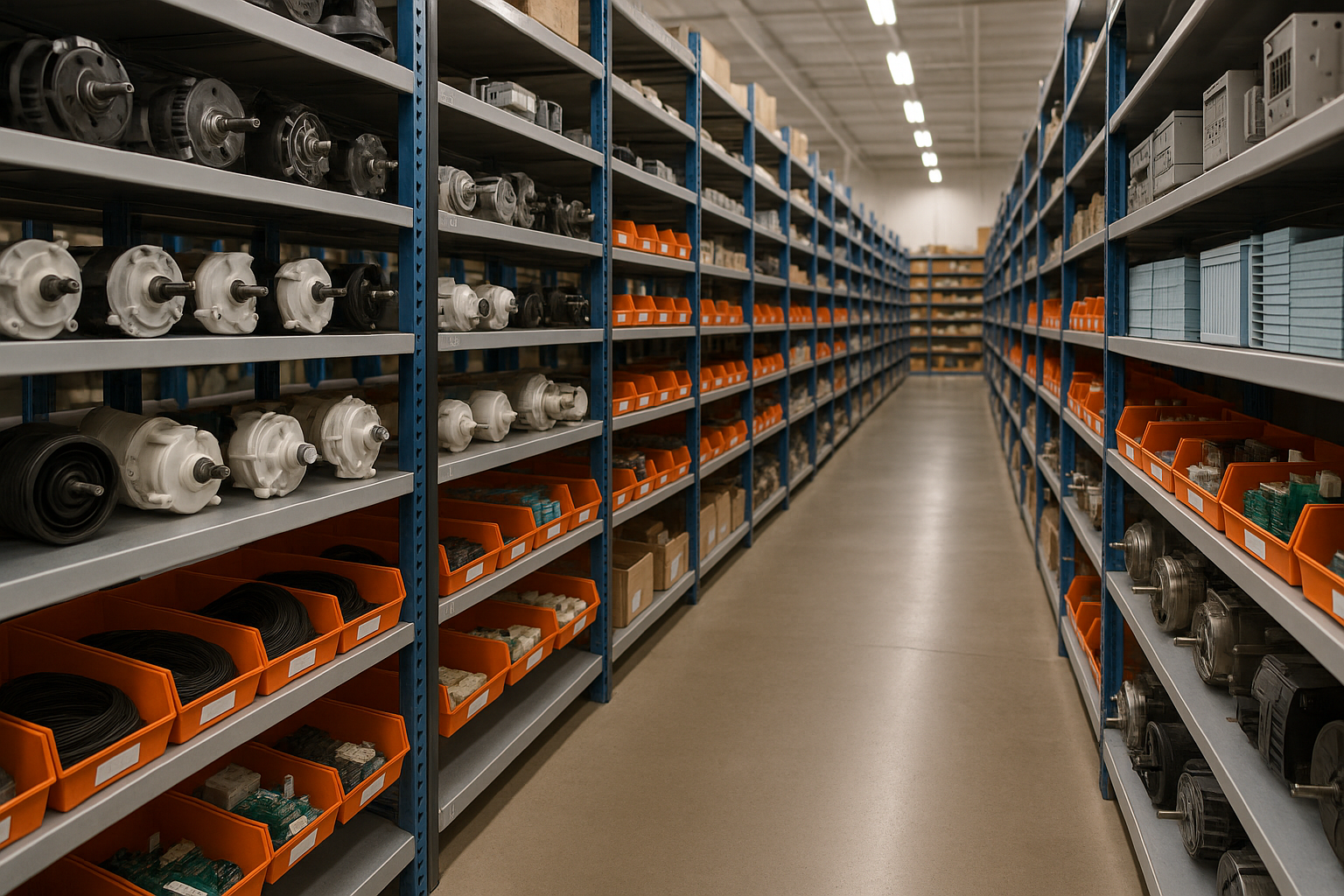W11412300 Dishwasher Detergent Dispenser
The W11412300 is a genuine OEM Whirlpool dishwasher detergent dispenser designed for Whirlpool, KitchenAid, Maytag, Jenn-Air, and Kenmore dishwashers. This critical component holds dishwasher detergent and rinse agent in covered compartments and automatically dispenses them at the correct times during the wash cycle. The detergent dispenser is essential for proper dishwasher function—without a functioning dispenser, the detergent cannot be released into the wash cycle and dishes will not be cleaned properly. The W11412300 is a spring-operated dual compartment assembly that mounts on the inner door panel of the dishwasher. The dispenser has two separate compartments: a larger detergent compartment (holds powdered or liquid detergent) and a smaller rinse agent compartment (holds rinse aid liquid). The dispenser is controlled by the dishwasher's electronic control board, which sends a signal to open the dispenser door at the appropriate times during the wash cycle. The dishwasher detergent dispenser is a complete assembly that includes all components necessary for installation. The dishwasher detergent dispenser is constructed from premium materials including a durable plastic housing (provides chemical resistance and durability), dual compartments with separate covers (hold detergent and rinse agent separately), spring-operated mechanism (automatically opens compartments when activated), solenoid coil or latch mechanism (receives signal from control board to open dispenser), electrical connector (provides connection to control board), mounting bracket and hardware (secures dispenser to door panel), and protective seals and gaskets (prevent detergent leakage). The W11412300 features a compact design that mounts on the inner door panel of the dishwasher, typically near the top center of the door. The dispenser has an electrical connector that plugs into the dishwasher wiring harness, allowing the control board to send signals to open the dispenser. When the dishwasher cycle begins, the control board sends a signal to the dispenser solenoid, which activates the spring-operated mechanism, causing the compartment covers to open and release the detergent and rinse agent into the wash cycle. The W11412300 replaces older dispenser part numbers including W11092649, W10082957, AP6009657, PS11743952, and similar dispensers and features improved plastic compound for better chemical resistance and durability, enhanced spring mechanism for more reliable operation and longer lifespan, upgraded solenoid coil for faster response and better reliability, improved electrical connector for better conductivity and corrosion resistance, optimized compartment design for better detergent and rinse agent distribution, and enhanced seals and gaskets for better leak prevention across all compatible dishwasher models. The dishwasher detergent dispenser operates through electromechanical activation: when the dishwasher cycle begins, the control board detects the cycle phase (typically during the main wash phase); the control board sends an electrical signal to the dispenser solenoid; the solenoid coil receives the signal and activates; the solenoid activation pulls or releases a latch mechanism; the latch mechanism releases the spring-loaded compartment covers; the compartment covers open rapidly, releasing the detergent and rinse agent into the wash cycle; the detergent and rinse agent mix with the wash water and clean the dishes; the compartment covers close after the detergent is released; the dispenser remains inactive until the next cycle. Common failure causes include normal wear from age and repeated activation (typical dispenser lifespan 8-15 years with average use), detergent residue buildup preventing compartment covers from opening, spring mechanism fatigue or breakage, solenoid coil failure from electrical issues, latch mechanism wear or breakage, electrical connection failure from corrosion or loose terminals, manufacturing defects, or premature failure from low-quality replacement dispensers. When the dishwasher detergent dispenser fails, symptoms include detergent not dispensing during wash cycle (dispenser not opening, most common symptom), rinse agent not dispensing (rinse compartment not opening), dispenser door stuck open or closed (latch mechanism failure), detergent leaking from dispenser (seal failure or improper closure), dishwasher not cleaning dishes properly (detergent not being released), burning smell from dispenser area (solenoid overheating or electrical failure), or complete dispenser failure (solenoid not responding to control board signals). The W11412300 is a direct replacement detergent dispenser that provides reliable, consistent detergent dispensing for efficient dishwashing performance and long service life. IMPORTANT: This dispenser is specific to certain Whirlpool/KitchenAid dishwasher models—verify your dishwasher model is compatible before ordering. CRITICAL: Always unplug the dishwasher and turn off the water supply before working on internal components to prevent electrical shock and water damage.
Performance and Benefits
This dispenser enhances your dishwasher's operation by delivering consistent soap release, which helps tackle tough stains and greasy residues for cleaner dishes every time. By solving common issues like uneven cleaning or dispenser failures, it extends the life of your appliance and saves you time and money on repairs, backed by XPart Supply Ltd.'s reputation for quality parts.
The W11412300 Dishwasher Detergent Dispenser is a reliable and durable appliance part designed to effectively dispense soap in dishwashing machines. Its solid construction ensures that it lasts for years and requires very little maintenance.
Part number W11412300 replaces W11092649
Supported Models:
KDFE104KBL0, KDFE104KPS0, KDFE104KWH0, KDFE204KBL0, KDFE204KBS0, KDFE204KPS0, KDFE204KWH0, KDFM404KBS0, KDFM404KPS0, KDPM604KBS0, KDPM604KPS0, KDPM704KPS0, KDPM804KBS0, KDPM804KPS0, KDTE104KPS0, KDTE204KBL0, KDTE204KBS0, KDTE204KPS0, KDTE204KWH0, KDTM404KBS0, KDTM404KPS0, KDTM604KBS0, KDTM604KPS0, KDTM704KPS0, KDTM804KBS0, KDTM804KPS0, MDB4949SKB0, MDB4949SKW0, MDB4949SKZ0, MDB7959SKZ0, MDB8959SKB0, MDB8959SKW0, MDB8959SKZ0, MDB9959SKZ0, MDB9979SKZ0, WDT750SAKB0, WDT750SAKV0, WDT750SAKW0, WDT750SAKZ0, WDTA50SAKB0, WDTA50SAKT0, WDTA50SAKV0, WDTA50SAKW0, WDTA50SAKZ0, WDTA80SAKZ0


























